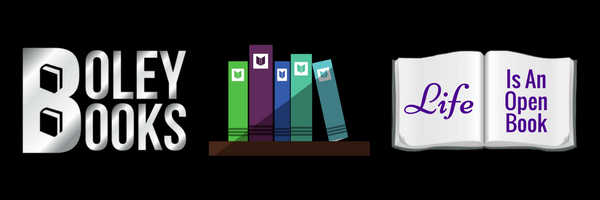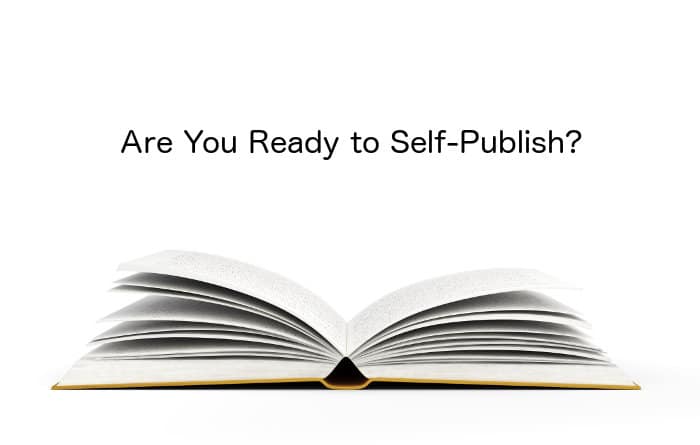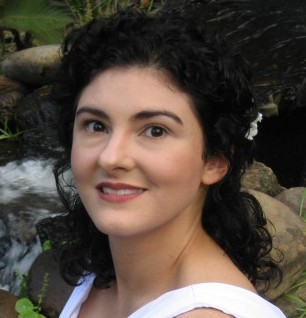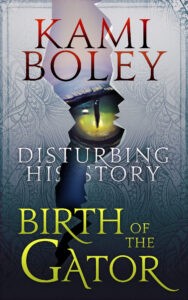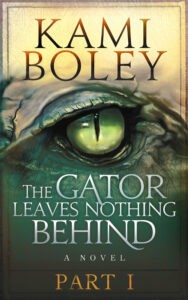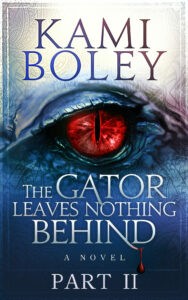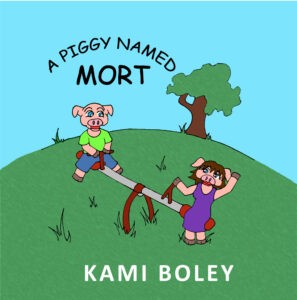The moment has finally arrived: you are staring at the last epic words typed on the screen of a now finished project.“The End” — such profound words, still hanging in the air …
Think it’s really over now?
Think again.
Welcome to the world of self-publishing, where you have to make a long list of decisions way more complicated than the writing was — that’s how it was for me, anyway. I’m here to teach you what valuable lessons I’ve learned.
Know your limitations — don’t try to take on tasks that are better left to professionals. Even if you have the skills needed to perform each of the tasks required along the road to publication, you must also consider the time involved in completing each one. Would you be better served by writing the next project or concentrating on marketing efforts? When I weighed the options, it was clear that if I wanted the slightest chance of competing in a market with the “Big Boys” of publishing, I would need to invest my money in a trusted team of professionals that would take my project as serious as I do.
The areas that can make or break your chances at self-publishing success are:
- Editing
- Formatting
- Cover Design
- Keywords
- Categories
- Marketing
- Author Platform
Editing — I write mainly on instinct and I wanted to make sure that I strengthened my prose as much as possible without losing the core and flavor of my stories. This is why I sought the services of highly skilled editors that give thorough guidance in all aspects of manuscript revision. If you were to go with a big publishing house, chances are that you would be provided a team of editors cleaning the book up for print, so this is a step that cannot be skipped. Everyone needs an editor — even editors themselves! A fresh set of eyes on a project is crucial. I also wanted my books to appeal to both genders, so I made sure to get both male and female perspectives.
Formatting — Welcome to the land of endless font choices. My head spun when I was faced with choosing a font, so I reached out to my community of writing friends to help guide me in this area. The most popular choices amongst my friends were Times New Roman, Garamond, Calibri, Baskerville, and Century Schoolbook. There are literally thousands out there, each with seemingly endless variations, so have your choices narrowed down before you get to this step so that the decision doesn’t halt the project — or seek the guidance of your formatting specialist. I learned all sorts of new terms while in the midst of working with a formatter on my first novel. Terms like “Drop Cap,” “Widows,” and “Orphans.” I was lucky enough to have had the team of Spencer Hamilton Borup and Sandeep Likhar to hold my hand through these challenging steps, making it easier and fun.
Cover design — I have used Damonza on two of my projects now and I am hooked. This group of professionals can’t be beat. Worth every penny. In this day and age, people will judge your book by its cover, my friend.
Keywords — I still don’t entirely have this one figured out, but I know it makes a huge difference on whether or not you get lost in Amazon’s jungle. Choosing the right search words for a book will better your chances at getting placed in a good category and being found by new readers. This takes research and a lot of playing around in the refinement column on the left within the Kindle store.
Categories — Again, this is not something I am an expert in (just yet). If you are, or you can find someone to help with this … let me know. I would gladly pay someone to do the keyword/category choices for me. This is by far the part that stresses me out the most. Get it right and you are golden; get it wrong and no one will even know you exist.
Marketing — The public landscape is forever changing and with it your marketing strategies. The programs that worked a year ago may bear no fruit this go-round. You have to find where your audience hangs out and get your book in front of them. If you can afford it, I suggest both blanket- and target-marketing. I, like many other authors, am not only trying to get readership to a new project but also trying to build up my brand and name recognition. You could throw a ton of money at ineffective marketing if you are not careful. There are also a few looking to steal your book (you should not need to upload your manuscript to any source to advertise a link to Amazon or your website. You may inadvertently give a third party permission to copy your book). I see more and more companies that make outlandish claims of astronomical membership numbers, but in reality are only advertising to other desperate authors like yourself, an audience unlikely to make a purchase. Sorry for these disappointing prospects, but this is the scary landscape that you must travel as a self-published author. You will make mistakes and find some treasures along the way; each lesson learned brings you closer to the success you seek.
Author Platform — Be authentic. Present yourself and your work to the world; it is a brave and exciting step. Not everyone will accept you with open arms, but do not let this force you back into a reclusive shell. Stand strong like a beacon and your readers will find you. Be patient. Keep working to better your home base (website) and fill it with more and more content. Call out to them through a blog … “Come check out all this cool stuff I have arranged for you!”
I’m on a writing journey that has no final destination, only a road full of possibilities and adventure … come along with me …
Let’s Self-Publish Together!
Submit your inquiries to [email protected]
